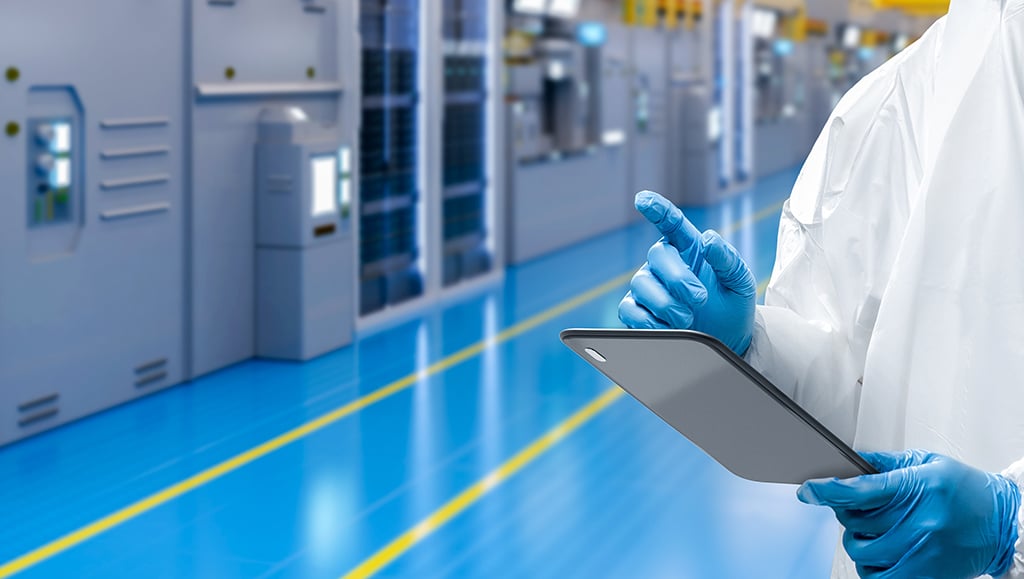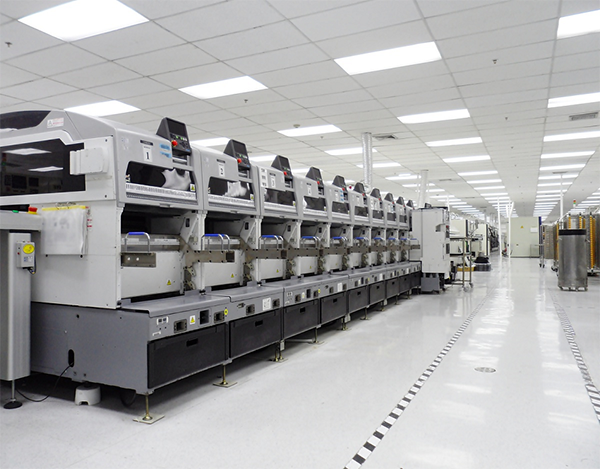Machinery movement insurance: Getting the right cover
Are you planning to move a piece of hi-tech equipment, a complete production line, or an entire factory? There is plenty of planning required for...
We're actively recruiting for a range of roles across sales, engineering, IT and warehouse. Check our careers page to see open positions including apprenticeships.

Whether you’re moving a single piece of equipment or an entire production line, our trusted team of engineers can support every step of your move, from rigging to end-to-end relocation support across the globe.

Rigging is an integral part of equipment moves – in fact, without rigging there would be no movement.
We can define rigging as the movement of machines and equipment – from lifting to landing and assembly, including every step of the journey. At IES, our rigging requirements often involve moving high value items and negotiating hard-to-access spaces, meaning meticulous planning and flawless execution is a must.
What makes for a successful rigging job? Let’s hone in on some of the key stages involved.
To know what is needed for the job, and how the move should be carried out, it is vital that sufficient planning is done in advance. Part of rigging’s planning stage is to examine the load of the item being moved. This is necessary in order to identify the best rigging equipment for the relocation.
Key details are likely to include the size and weight of the item. A wide range of equipment can be utilised by riggers; from cranes to skates, hoists, lift trucks, transporters, trailers, and hydraulic jacking systems and gantries.
Trust IES for a complete machine relocation solution. Learn more about our end-to-end equipment move service here.
Next, the whole route must be thoroughly inspected, with any potential hazards being identified. Any problem attached to lifting or moving items must be accounted for, and a solution found. This isn’t just planning for the negotiation of tight spaces – even something like a slight downward gradient could affect the ground handling plan. Floor protection could be necessary to avoid damage along parts of the route.
When it comes to the move itself, a load must be secured properly when securing to transport or a wooden base. In many cases, cables, ropes and straps are used to secure the load safely, minimising the risk of damage to the load. Any equipment used for securing loads must be inspected regularly to check for defects, such as kinking.
In the simplest terms, an object’s centre of gravity affects the lift. Therefore, the centre of gravity of an item must be determined during the planning phase, to allow riggers to keep it stable and balanced when being transferred onto machine skates, or any other equipment used in the move.
For riggers, communication is key. Both verbal communication and hand signals can be needed in the process of the move, for the direction of the operator and to exchange information with the rest of the rigging team. Riggers can be thought of as the ‘operator’s eyes’, ready to guide their movements whenever necessary.
For many professionals involved in ‘the art of rigging’, the appeal is in the challenge. Riggers must be mechanically-minded but also equipped with creative thinking for figuring out solutions. The best riggers are adept at completing ‘the puzzle’ represented by each move, executing the right plan to relocate high value and awkward items from A to B.
The story of our factory move into new HQ for Vision Engineering – read about this complex factory move here
IES’s equipment moves experience goes back to 1991. We’ve handled everything from equipment relocations to full production line and factory moves. Irrespective of the move, the same procedure underpins our relocation process, ensuring each project is executed safely and efficiently.
Our equipment move assignments have taken across the world, working with manufacturers in hi-tech sectors from semiconductor to pharmaceutical and print. With our combination of technical and mechanical expertise, along with experienced on-site engineers, you can trust IES to get machine moves right.
With the turnkey equipment relocation service from IES, you can remove the need for multiple contractors. With the potential for escalating costs and complex communications, the problems with appointing several different providers can soon begin to mount.
IES is a genuine end-to-end equipment relocation provider. We allow you to consolidate your costs by taking care of each equipment move element; from planning and briefing to decommissioning, transportation, reassembly and evaluation. And thanks to our emphasis on cross-training, the IES team is used to working across multiple areas of our organisation.
Talk to our experts about your equipment move today, using our contact form.
Stay up to date with the latest news and resources from our experts.

Are you planning to move a piece of hi-tech equipment, a complete production line, or an entire factory? There is plenty of planning required for...
.jpg)
Before you can sell or supply certain products, equipment and machinery in the European Economic Area, you must certify that they comply with CE...

An ‘end-to-end’ provider means the supplier of a solution which encompasses an operation from start to finish.